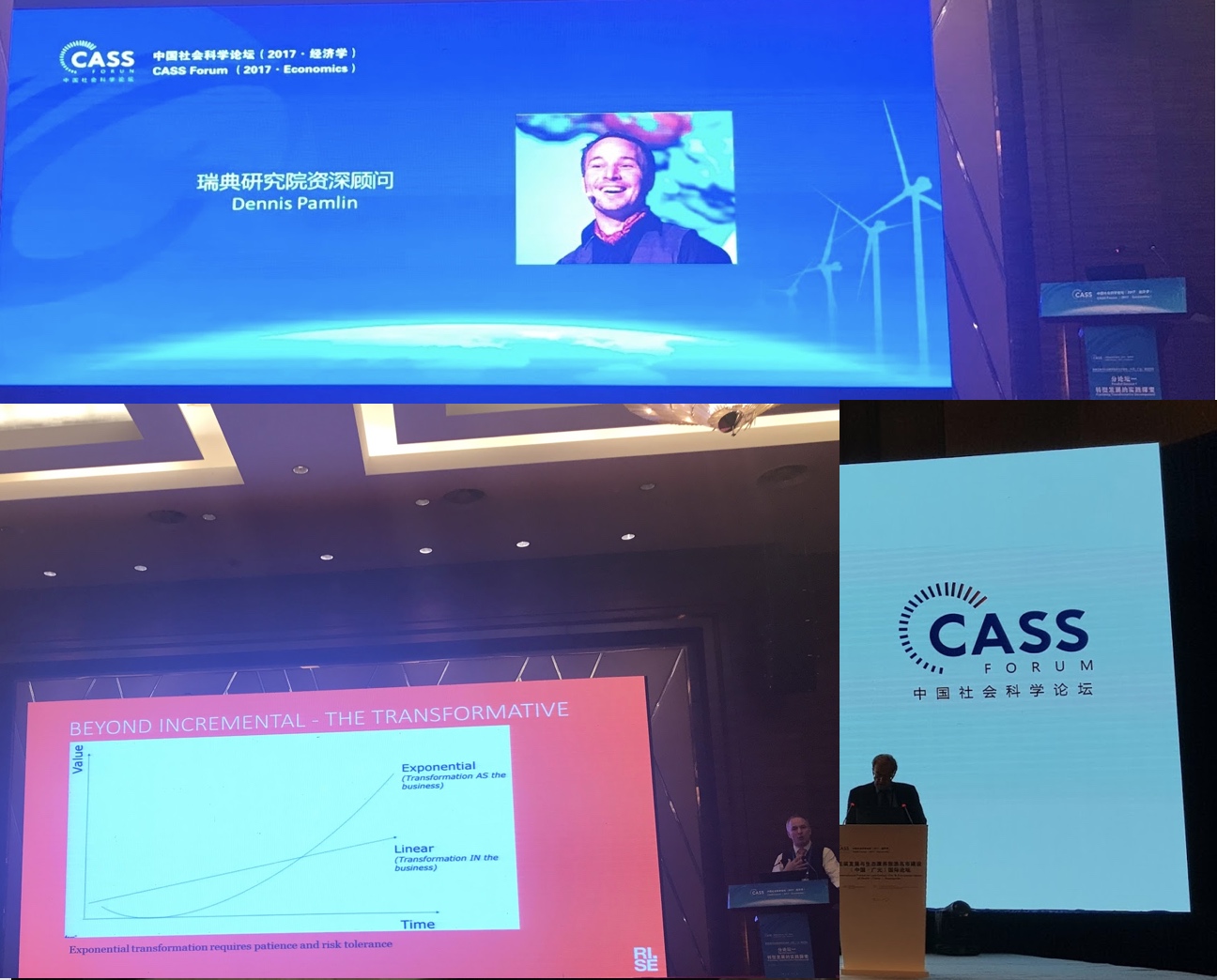Three voices from India Pico Iyer: The Global Soul; Aravind Adiga: The White Tiger; Shashi Tharoor: The Elephant, the Tiger and the Cellphone;
/

 During my last trip to India, the same time as the attack in Mumbai/ Bombay, I read three books that I think represent a triangle that manage to capture a lot of what India is today and might be tomorrow.
During my last trip to India, the same time as the attack in Mumbai/ Bombay, I read three books that I think represent a triangle that manage to capture a lot of what India is today and might be tomorrow.In his book “The Global Soul: Let Lag, Shopping Malls, and the Search for Home” Pico Iyer manage to capture the feeling of a person that is on top of the world, but don’t have a geographical place as the reference. Belonging to a generation of global citizens (or maybe multinational citizens) he describes the distance between his own “global world” and the structures that still want people to belong in their national/cultural/racial boxes. If he would have spent less time on his experiences as a sport journalist and more on the different situations that he experience it could have been a really good book. Now it is interesting for anyone interested in India and the search for identity that I think a lot of professionals from the emerging economies like China and India feel as they enter the “global world” that actually is a Western world dominated by commercialism with bonus points at hotel rooms, multiple sim-cards and other small details that are not really important.
Shashi Tharoor have a traditional “I want to give my perspective on today’s India in a few articles”, but does it better than most. There is an amazing about of books about India and where India will go. Almost all of them are written in the shadow of China. Tharoor manages to deal with this better than most. It is obviously frustrating for those who want to say that India is such a unique place to have to end most of those sentences with “with the exception of China”. I can recommend Tharoor as he is so much better than the cadre of economists and journalists who lack both historical understanding and cultural knowledge.
Beside his ability to capture the different sides in India as complementary (but often resulting in friction) I think his genuine will to tell a story and help guide people is what I like most. The last chapter “The A to Z of Being Indian” is in the context a great ending. My only reservation might be that I might have exaggerated the quality of the book as it shines in contrast to many of the other books that people without any real knowledge or interest in India (beyond using the hunger for a new perspective to promote themselves)… If there is one thing that I really lack in this book it would be a discussion about why so many “entrepreneurs” and leading thinkers are of such low quality in India (compared with China not the least).
Aravind Adiga and his The White Tiger is a really interesting book. It is provocative, but I think anyone who has spent time in India can recognize a lot in it. Maybe it is too provocative, but it is a fresh contrast to all the polished books that focus on the amazing rise of India and to the traditional complaining against modernization. An extra bonus is that it is written as letters to Wen Jiabao, the Chinese premier.
For me personally it is extra interesting as the Sino-Indian axis is something I work on, and I was in Delhi when Wen was in Delhi… The book tells the story of one person from his early years in a poor rural village, via Delhi as a driver, to an entrepreneur in Bangalore. As a book about modernity it does not tell the whole story and I think it will upset the PR people that try to sell the “modern India” or “Incredible India”, but it is a perspective well needed as it moves beyond the simple class, religion, traditional/modern and cast tensions and put them into a broader context.
Each of the three books is not something that I would say is a must to read, but together they form a triangle that I think is well worth the time.






























